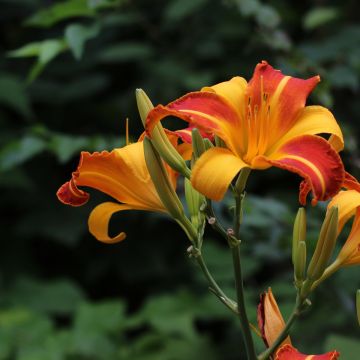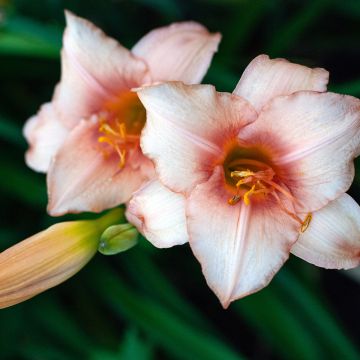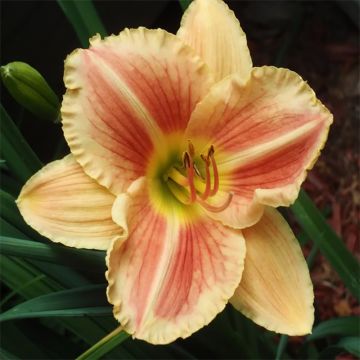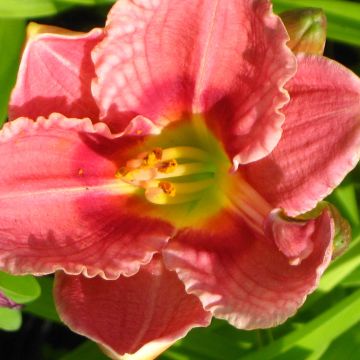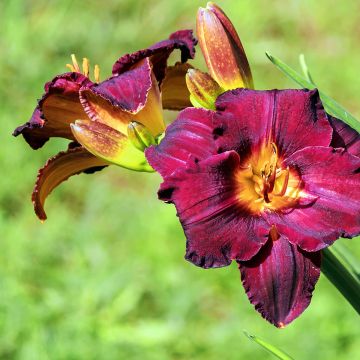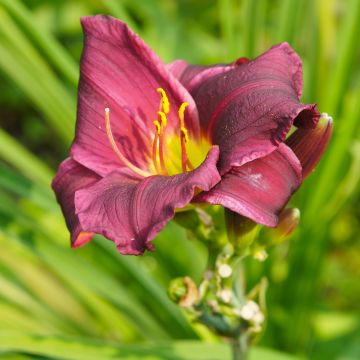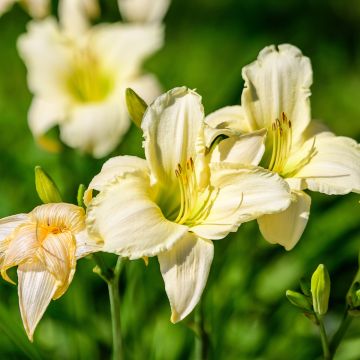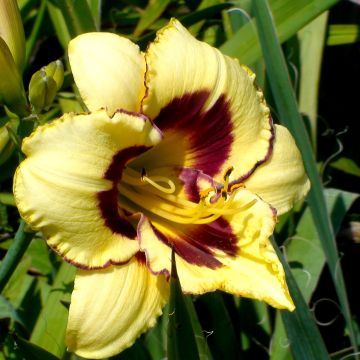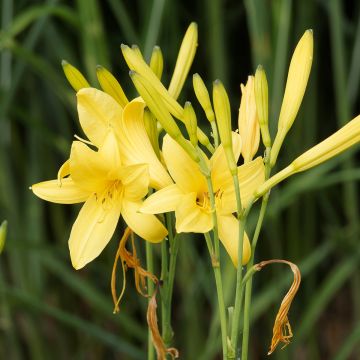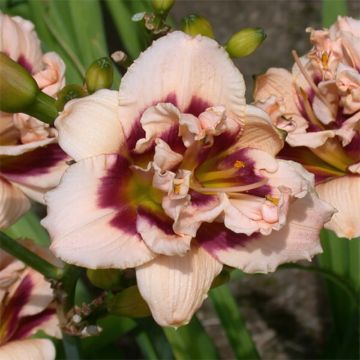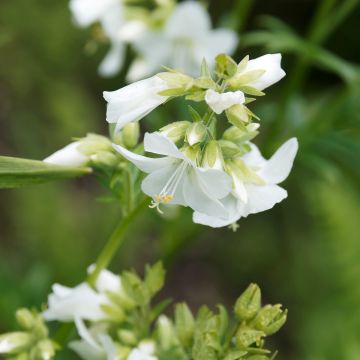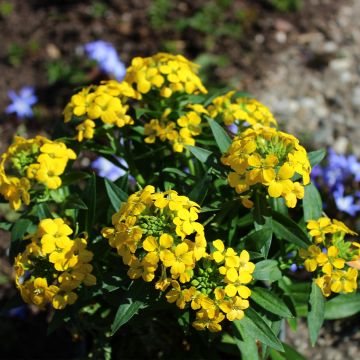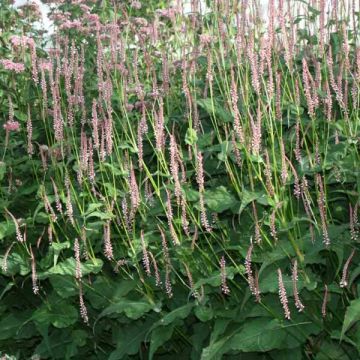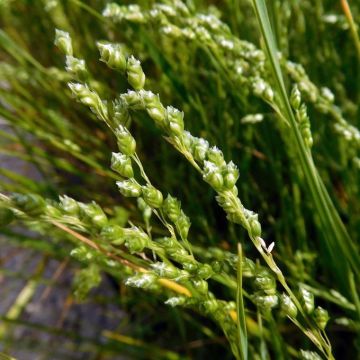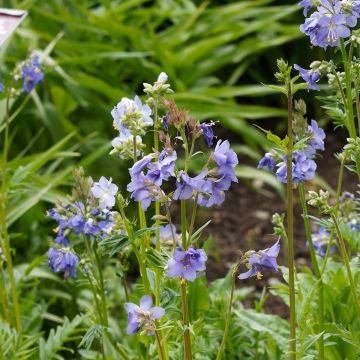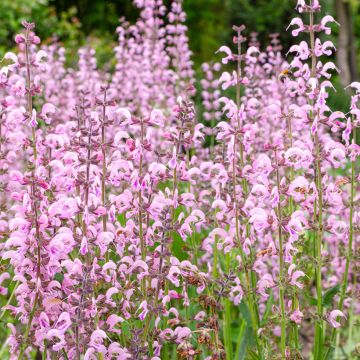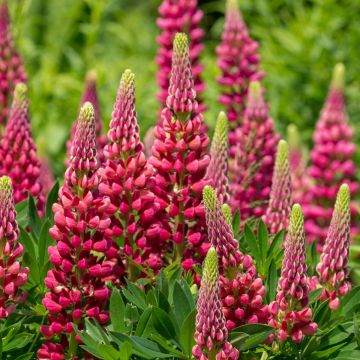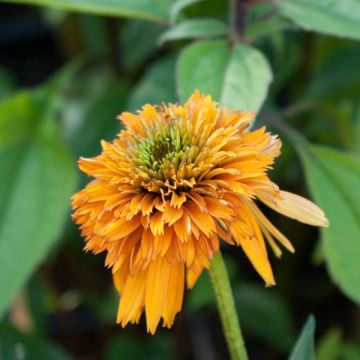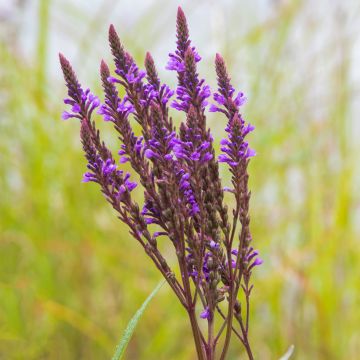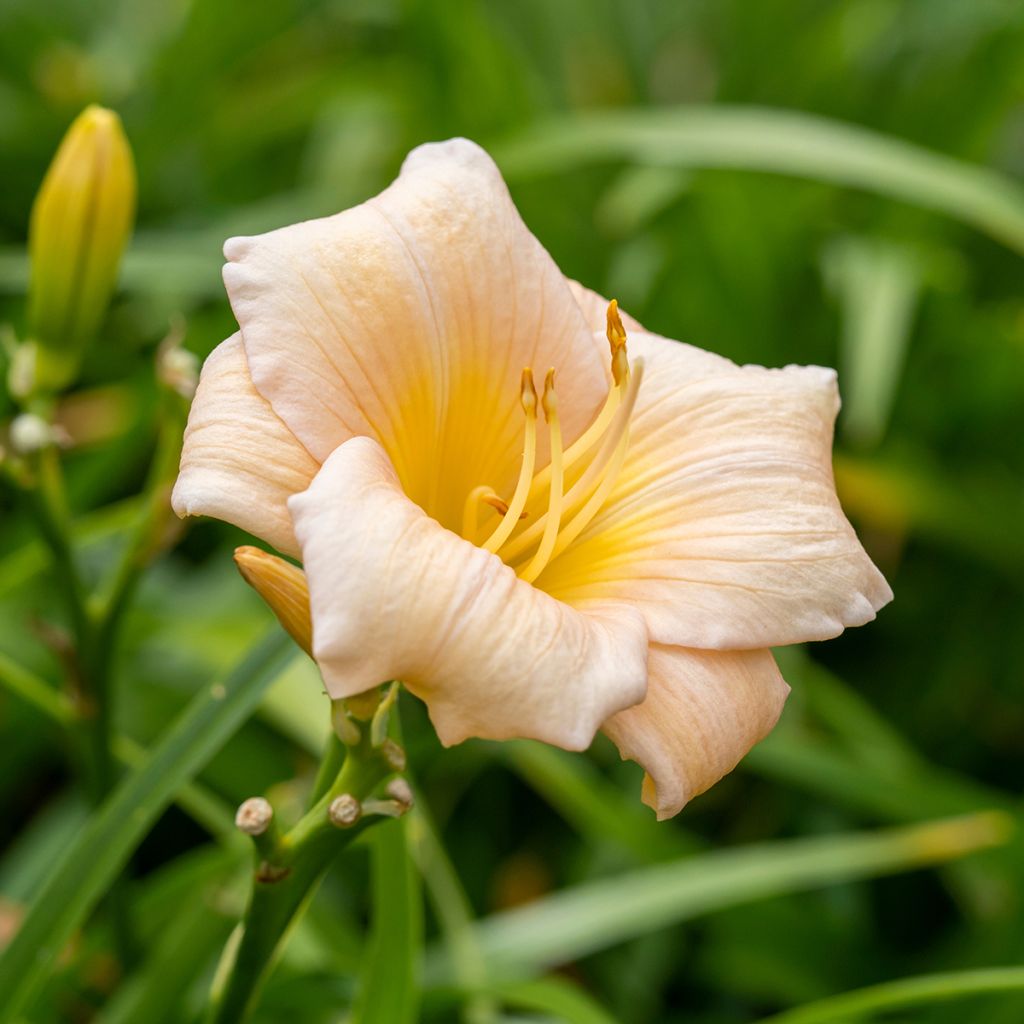

Hemerocallis Mini Pearl - Daylily
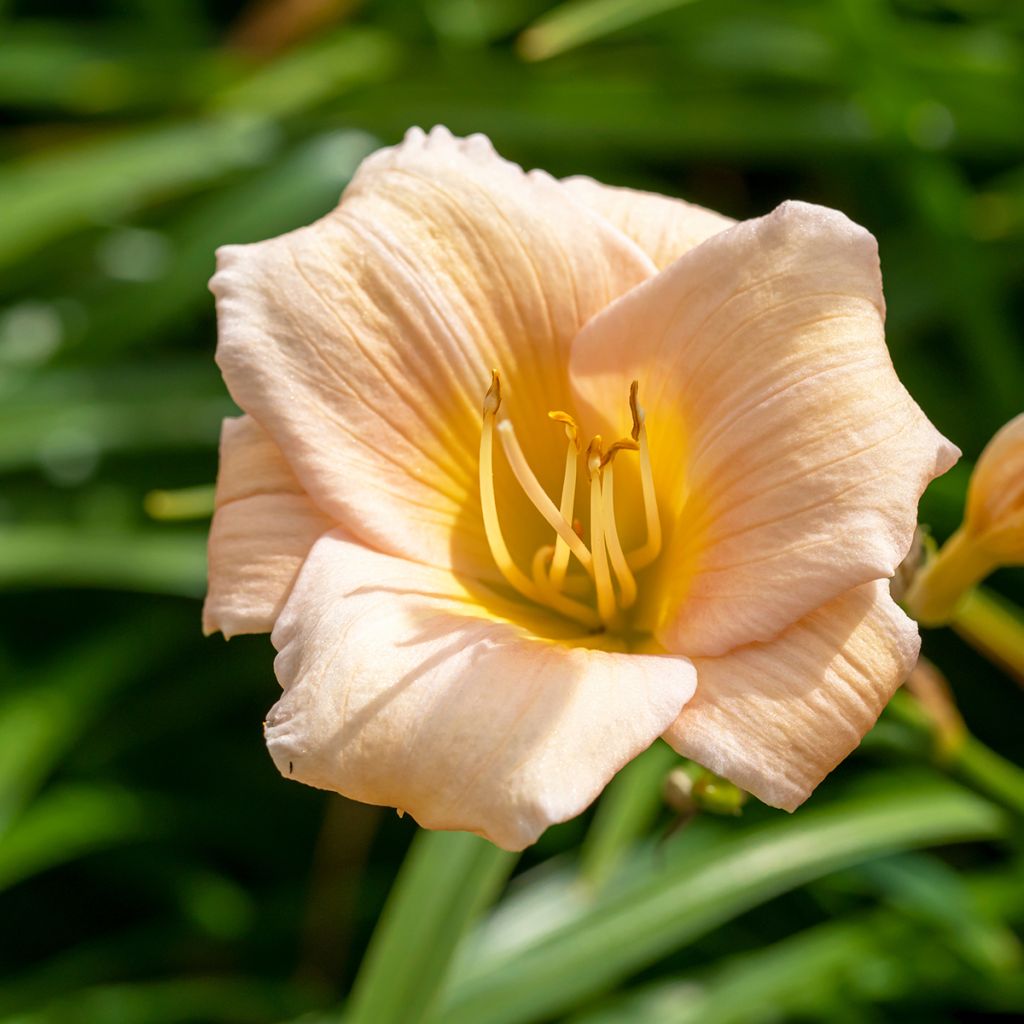

Hemerocallis Mini Pearl - Daylily
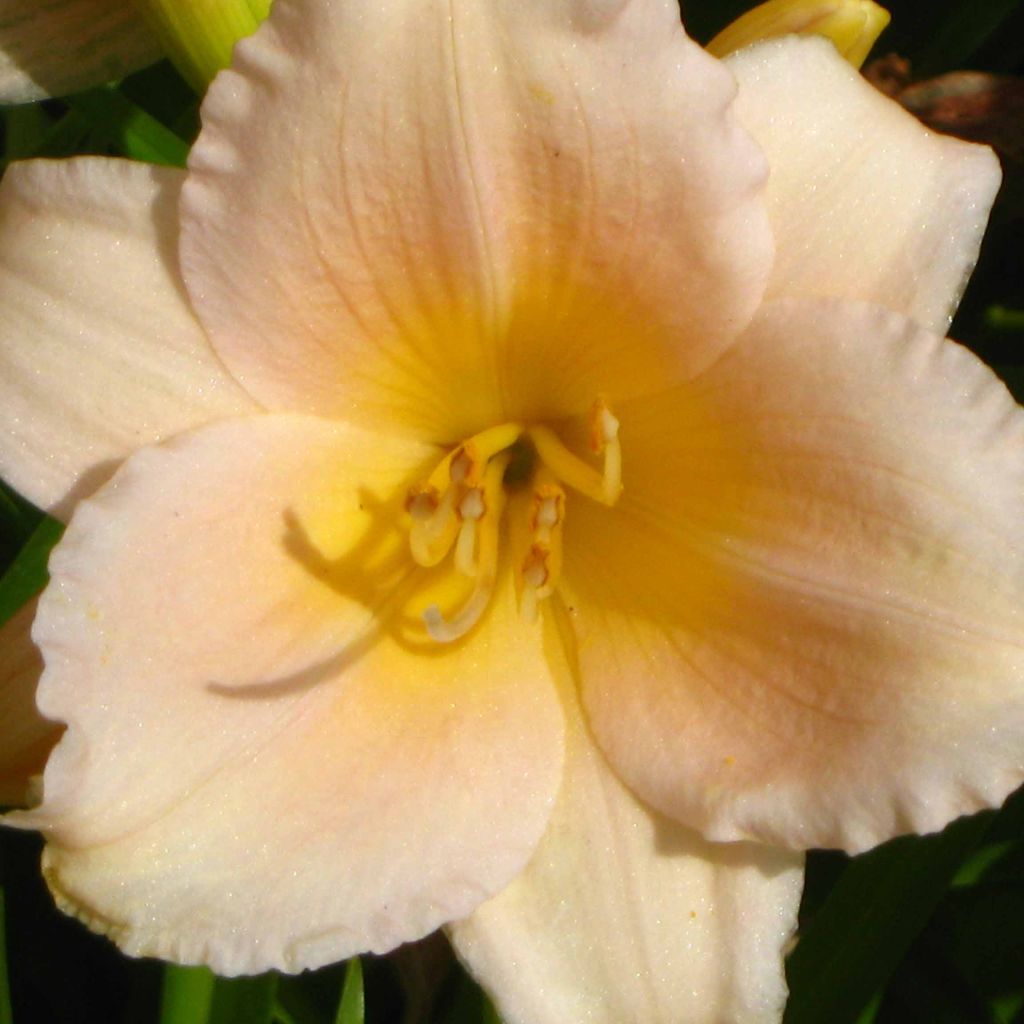

Hemerocallis Mini Pearl - Daylily
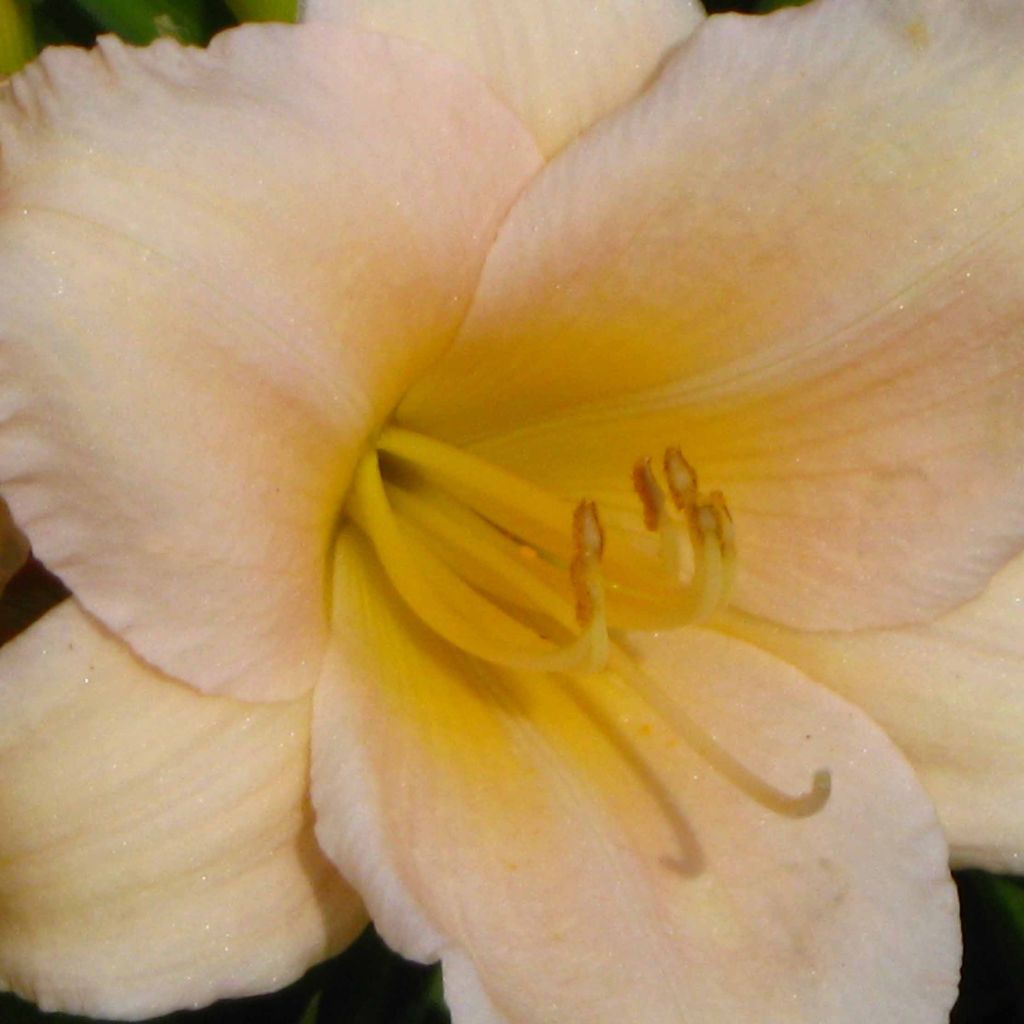

Hemerocallis Mini Pearl - Daylily
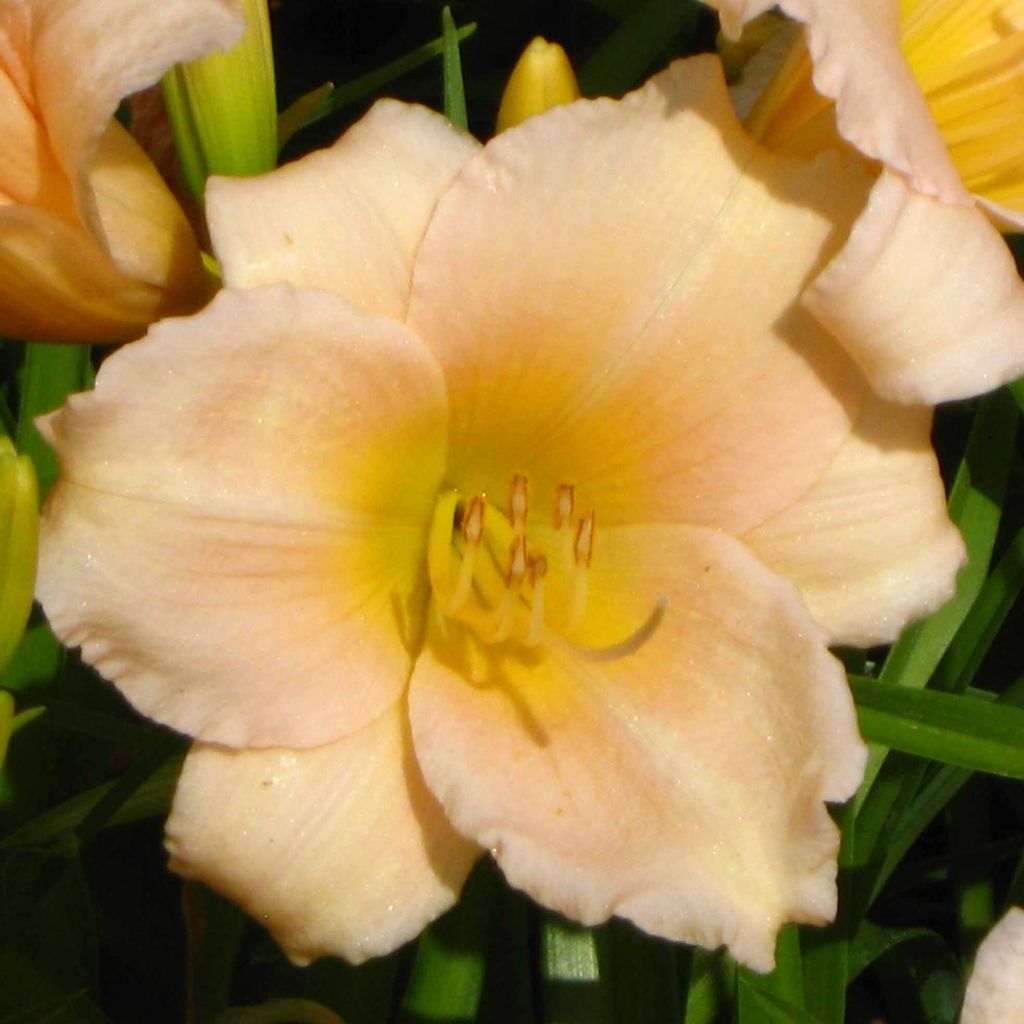

Hemerocallis Mini Pearl - Daylily
Hemerocallis Mini Pearl - Daylily
Hemerocallis Mini Pearl
Daylily
Recovering well despite the coolness and frost of the past few days. Stay tuned for further developments.
Marie, 21/03/2021
This item cannot be shipped to the selected country
Delivery charge from €5.90
Delivery to Corse prohibited
More information
Delivery charge from €5.90
Delivery to Corse prohibited
More information
Schedule delivery date,
and select date in basket
This plant carries a 12 months recovery warranty
More information
We guarantee the quality of our plants for a full growing cycle, and will replace at our expense any plant that fails to recover under normal climatic and planting conditions.
From €5.90 for pickup delivery and €6.90 for home delivery
Express home delivery from €8.90.
Delivery to Corse prohibited: UE law prohibits the import of this plant from mainland France to Corse as part of the fight against Xylella fastidiosa. Please accept our sincere apologies.
More information

Does this plant fit my garden?
Set up your Plantfit profile →
Description
The Daylily or Hemerocallis 'Mini Pearl' is a small variety with rapid growth, early and particularly perpetual flowering. It bears beautiful rounded flowers with recurved petals, ranging from apricot to salmon pink, gracefully arranged around a yellow throat. Very floriferous and robust, it is a trouble-free perennial that is easy to acclimatise in all gardens.
The Hemerocallis genus belongs to the Liliaceae family. These are hardy perennial plants with deciduous or sometimes semi-evergreen foliage. The 'Mini Pearl' variety forms a fairly dense clump that will reach a height of 45 cm (18in), with a relative spread of 40 cm (16in) - Hemerocallis tend to spread a little when they like the soil. The modest-sized but graceful flowers measure about 8 cm (3in) in diameter, with wide petals slightly recurved backwards in this variety. Each thick-textured flower lasts no more than a day, but the plant continuously forms more flowers over a beautiful period between June and August. The stems are robust and adorned with numerous buds. The foliage is bright green, shiny, linear, and deciduous to semi-evergreen. Hemerocallis are plants with short rhizomes and fleshy roots that tolerate dry soils but are more opulent and floriferous in moist soil.
Very easy to grow, these plants thrive equally well in shade as in the sun. Their colours will be brighter in partial shade and better withstand summer heat. Some can be invasive, so divide the clumps every four or five years, preferably in autumn, after flowering. Hemerocallis is often called the perfect perennial plant due to its vibrant colours and its ability to tolerate any type of environment, but also for its lack of modesty - it exudes a beautiful exuberance that goes well with other perennials. Plant them in generous clumps in the background of your flower beds or near bushes and trees, as they are not afraid of competition. All summer bulb flowers can be planted alongside Hemerocallis. 'Mini Pearl' will fit perfectly into a romantic garden or terrace composition, among bellflowers, paniculate baby's breath, and cornflowers, for example. On a balcony or patio, use large pots with a minimum depth of 30 cm (12in) and prefer dwarf varieties. The flowers are edible: they brighten up salads and decorate desserts.
Hemerocallis Mini Pearl - Daylily in pictures
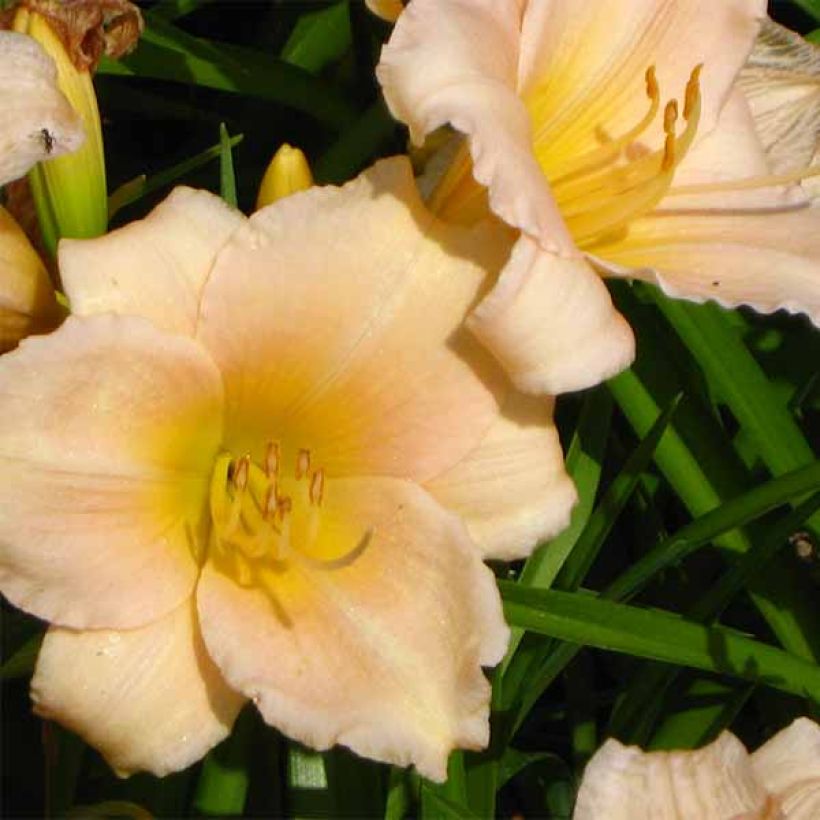

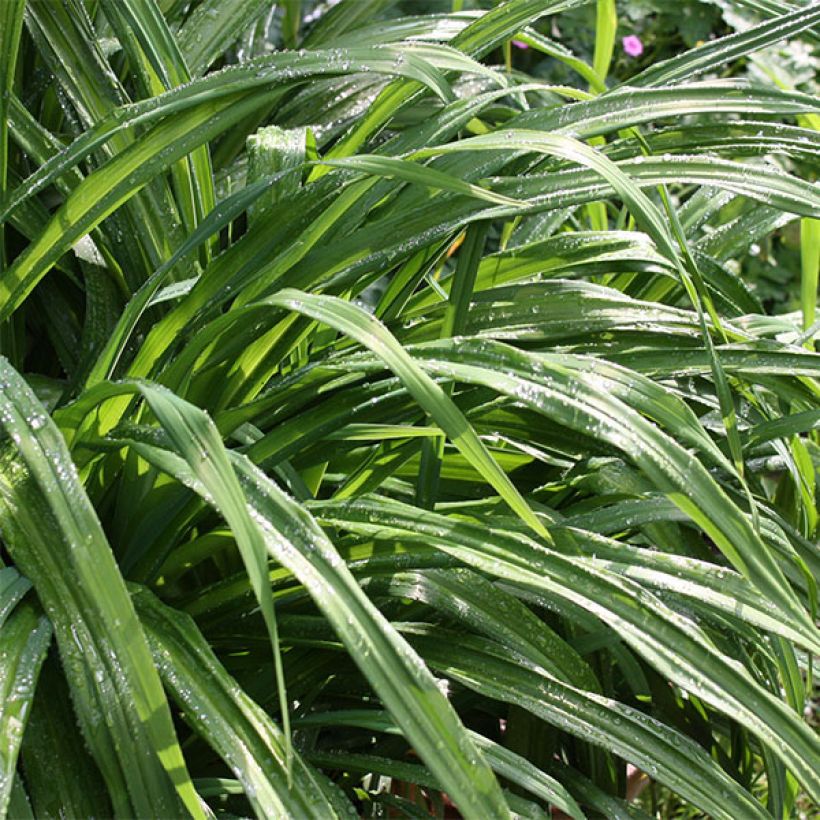

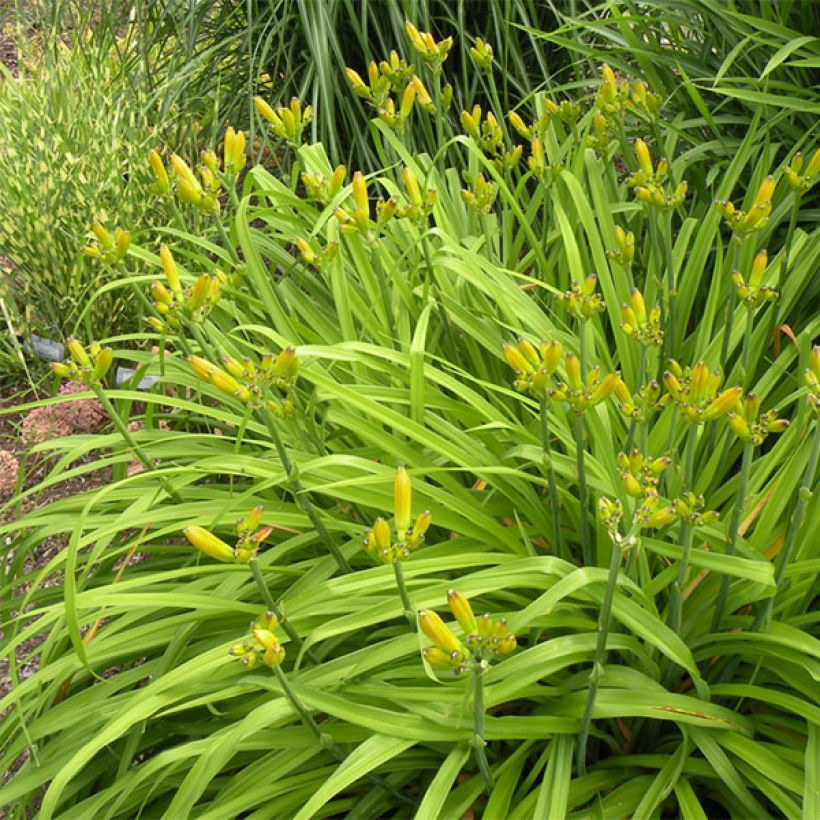

Flowering
Foliage
Plant habit
Botanical data
Hemerocallis
Mini Pearl
Hemerocallidaceae (Liliaceae)
Daylily
Cultivar or hybrid
Other Hemerocallis - Daylilies
Planting and care
Plant your Hemerocallis 'Mini Pearl' in well-draining garden soil that is not too clayey and enriched with humus and compost. This will allow your perennial to withstand summer droughts and winter frosts. This variety is easy to grow and not susceptible to pests or diseases, so no treatment is required, and rodents are not attracted to it. Daylilies can grow both in partial shade and full sun, with 4 to 5 hours of daily sunlight sufficient—plant by burying the base 3 to 4 cm (1 to 2in) below the surface. If planting multiple plants, ensure enough space between them, as the spaces will quickly fill up. For a few weeks after planting, ensure the soil is moderately moist, but do not overwater. It is advisable to divide the plants, preferably in autumn after flowering.
Planting period
Intended location
Care
Summer flowering perennials
Haven't found what you were looking for?
Hardiness is the lowest winter temperature a plant can endure without suffering serious damage or even dying. However, hardiness is affected by location (a sheltered area, such as a patio), protection (winter cover) and soil type (hardiness is improved by well-drained soil).

Photo Sharing Terms & Conditions
In order to encourage gardeners to interact and share their experiences, Promesse de fleurs offers various media enabling content to be uploaded onto its Site - in particular via the ‘Photo sharing’ module.
The User agrees to refrain from:
- Posting any content that is illegal, prejudicial, insulting, racist, inciteful to hatred, revisionist, contrary to public decency, that infringes on privacy or on the privacy rights of third parties, in particular the publicity rights of persons and goods, intellectual property rights, or the right to privacy.
- Submitting content on behalf of a third party;
- Impersonate the identity of a third party and/or publish any personal information about a third party;
In general, the User undertakes to refrain from any unethical behaviour.
All Content (in particular text, comments, files, images, photos, videos, creative works, etc.), which may be subject to property or intellectual property rights, image or other private rights, shall remain the property of the User, subject to the limited rights granted by the terms of the licence granted by Promesse de fleurs as stated below. Users are at liberty to publish or not to publish such Content on the Site, notably via the ‘Photo Sharing’ facility, and accept that this Content shall be made public and freely accessible, notably on the Internet.
Users further acknowledge, undertake to have ,and guarantee that they hold all necessary rights and permissions to publish such material on the Site, in particular with regard to the legislation in force pertaining to any privacy, property, intellectual property, image, or contractual rights, or rights of any other nature. By publishing such Content on the Site, Users acknowledge accepting full liability as publishers of the Content within the meaning of the law, and grant Promesse de fleurs, free of charge, an inclusive, worldwide licence for the said Content for the entire duration of its publication, including all reproduction, representation, up/downloading, displaying, performing, transmission, and storage rights.
Users also grant permission for their name to be linked to the Content and accept that this link may not always be made available.
By engaging in posting material, Users consent to their Content becoming automatically accessible on the Internet, in particular on other sites and/or blogs and/or web pages of the Promesse de fleurs site, including in particular social pages and the Promesse de fleurs catalogue.
Users may secure the removal of entrusted content free of charge by issuing a simple request via our contact form.

































